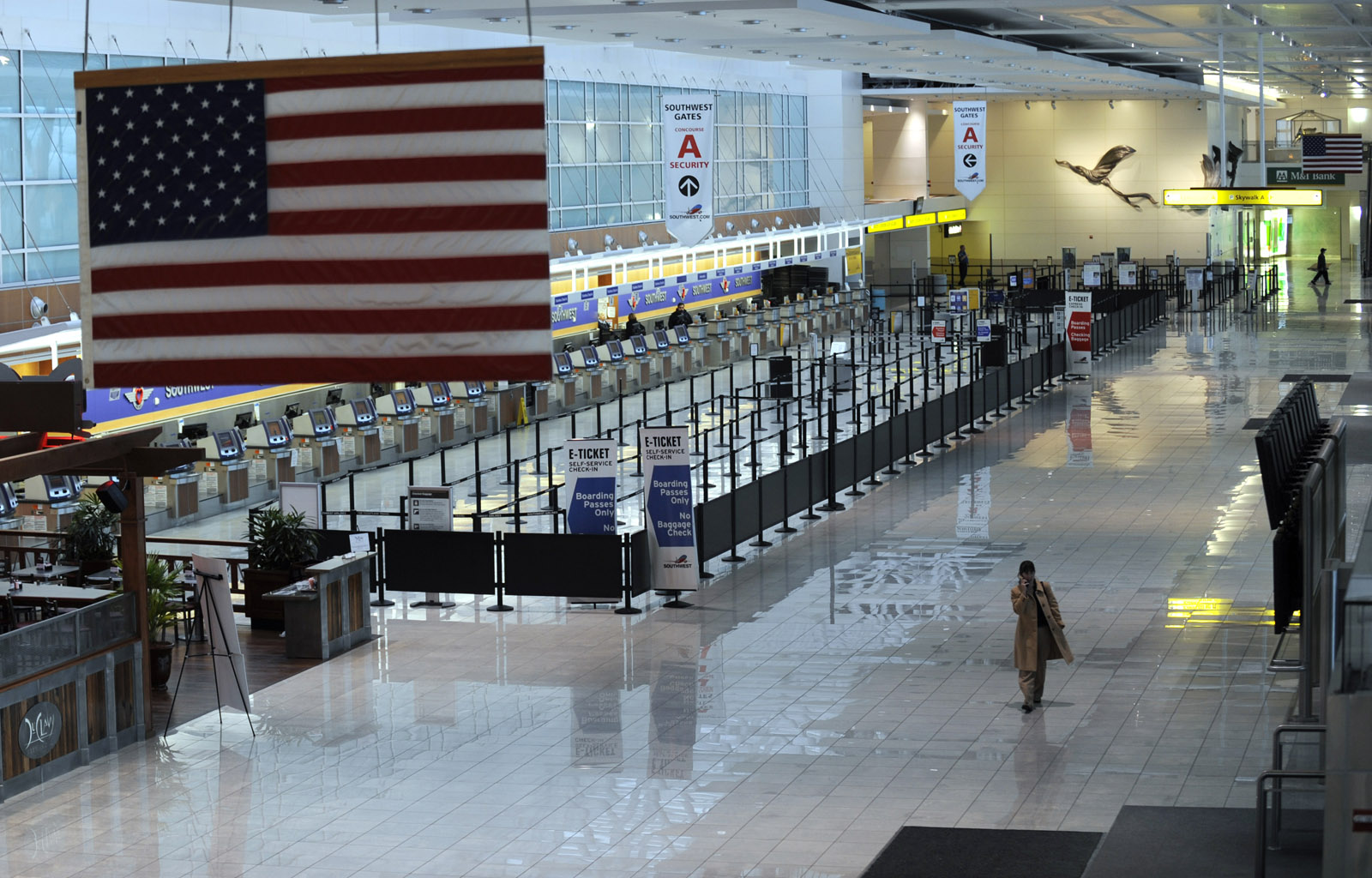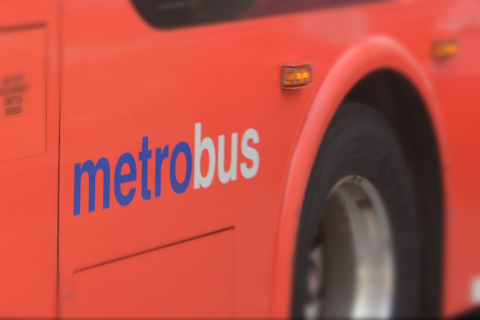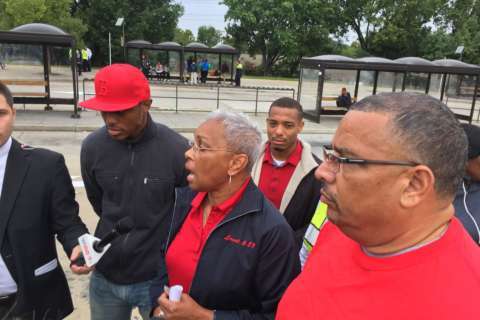WASHINGTON — Thousands of Metrobus riders packed tight on rush-hour routes will have to wait for longer buses.
While eventually Metrobus planning director Jim Hamre hopes to have more articulated buses — the extended buses with the accordionlike connection in the middle — on routes like 16th Street in Northwest D.C., the 110-year-old Northern Division garage does not have room for any more.
Rebuilding the division, which served as a streetcar facility and is nearly three times as old as the Metro system, is part of the transit authority’s long-term bus fleet plan, approved by a Metro Board committee Thursday. Hamre estimates 1.5 billion trips have been taken on buses or streetcars based in the facility over its lifetime.
Metrobus ridership has been steadier than Metrorail ridership, Hamre said, with well over 300,000 trips per day during the 12 months that ended June 30.
“Although we do see trends of increase and decrease in ridership on Metrobus, when you look at it over a number of years, it’s actually fairly stable. Our riders come every day,” he said.
D.C. Metro Board member Tom Bulger pressed Hamre to put more, longer buses on key corridors to avoid buses skipping over waiting riders because there isn’t room. The longer buses can hold at least 20 more people than a regular bus, but often more depending on how riders stand.
“The District has some concerns that we’re not buying enough articulated buses for our busiest corridors … particularly on 16th Street,” Bulger said.
At least 10 lines could use the extra capacity, if it were available, Hamre said. That includes 14th Street, 16th Street, Georgia Avenue, H Street, the 90s line and the A line in the District, as well as the Y, C and Q lines in Maryland, and the routes along Columbia Pike in Arlington, Virginia.
Ten new articulated buses that will be assigned to the Shepherd Parkway garage are due to arrive next year
On 16th Street, Hamre said his goal is to eventually have all of the buses that are out all day be articulated, then use regular buses for the additional service added during rush hour.
“That’s one of the drivers toward wanting to rebuild the Northern Division to provide more maintenance capability, and therefore, capacity to support the articulated fleet on Georgia Avenue, on 14th Street and on 16th [Street], especially,” he said.
Sixty-five percent of all Metrobus trips are taken during rush hour, while 35 percent are at other times.
“To achieve the standard performance for state of good operations in terms of on-time performance and capacity, we could justify another 117 buses across the whole system,” Hamre said.
Added to the 147 buses identified in various studies that could be added to routes, and continued need for shuttle buses during rail shutdowns for track work, Hamre said the current 1,583 Metrobus fleet is the minimum required.
Metro is currently taking public comments on its latest tweaks to bus routes, some of which involve significant routing changes for heavily-used buses.
The actual buses on those routes are due to change over the next decade though. Metro plans to shift away from hybrid buses, due to the cost of batteries and other electrical midlife work, to more diesel and compressed natural gas. Including maintenance and purchase costs, Metro finds its hybrid buses cost $1.74 per mile to operate, while the latest diesel buses cost $1.52 per mile.
Metro is running a single electric bus in Northwest D.C. as a pilot to see how electric buses should fit into the long-term plans. The District bought its own electric buses to run as part of the DC Circulator system.
“We would need to do a major power source upgrade at each of the facilities that would host an electric bus. Just like with compressed natural gas, you’ve got to provide the juice, and none of our divisions have that capability in their current configuration,” Hamre said.
Other major facility upgrades include the opening, over the next year, of the new Cinder Bed Road and Andrews Federal Center garages, and a very long-term search for a new lot in the Silver Spring area to cut down on the number of buses running empty back to the current garage along Rockville Pike.







